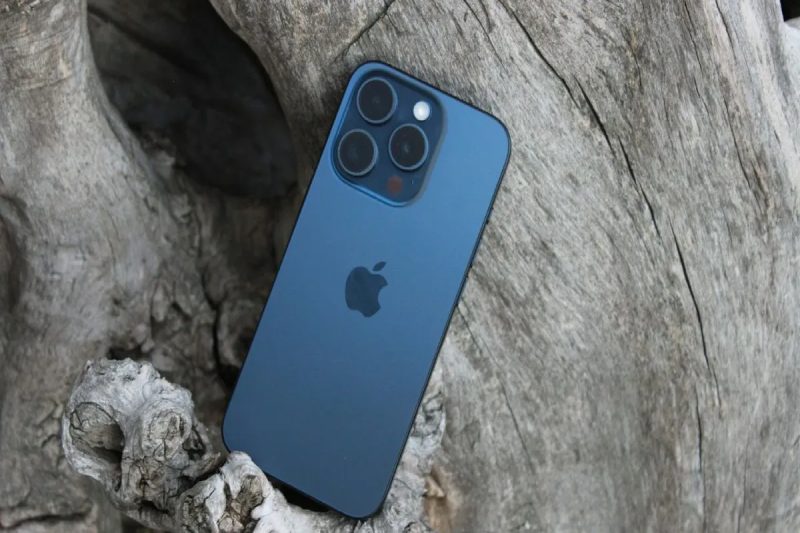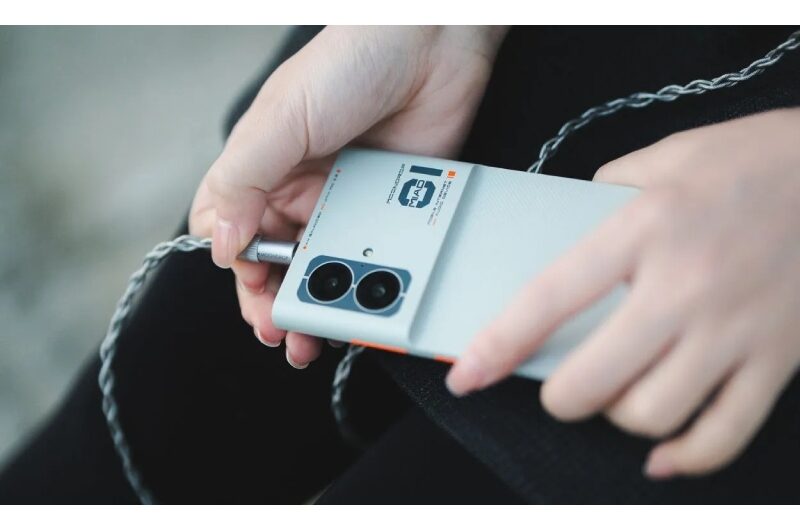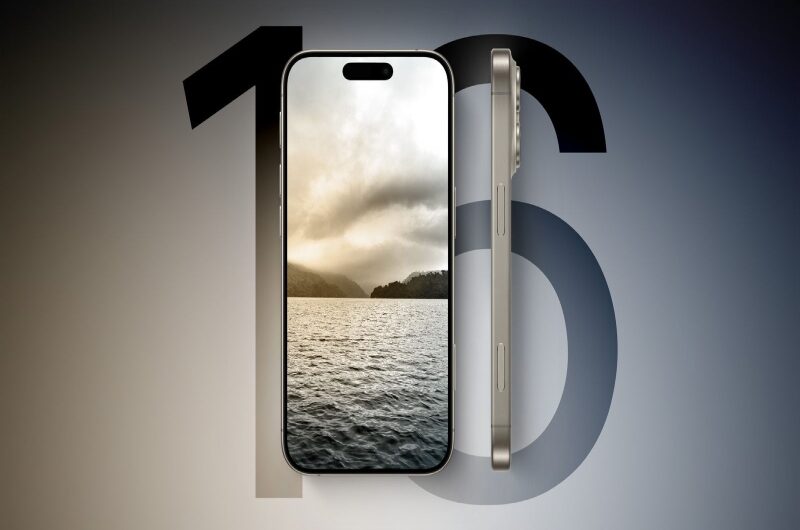With the Stolen Device Protection feature, Apple’s iOS 17.3 release earlier this month brought with it one of the best security updates for the iPhone to date. By using your stolen passcode to reset Face ID, alter the Apple ID password, disable the Find My app, and change the phone’s passcode, you can prevent professional passcode thieves like Aaron Johnson from quickly turning your iPhone into his iPhone. Your bank account, credit cards, and financial apps are compromised once all of it has been done.
In response, Apple introduced the Stolen Device Protection feature. If you haven’t yet loaded iOS 17.3 to take advantage of this protection, do so right away. I’ll be here waiting for you until then. Proceed now. Follow the instructions by selecting Settings > General > Software Update. Yes, you are there. Has iOS 17.3 been installed completely? Excellent, you now have to turn on the functionality. Navigate to the Stolen Device Protection section by selecting Settings > Face ID & Passcode. Press the “Turn On Protection” button. And that’s it!
Apple is allowing you to always have the Stolen Device Protection feature on in iOS 17.4.
Once you activate the feature, you can use Face ID or Touch ID to authenticate yourself when attempting to perform certain tasks when you’re not in a familiar place like your home or workplace. These tasks include applying for a new Apple Card, wiping all data and settings, completing specific Apple Cash and Savings actions in Wallet, using payment methods that you’ve saved in Safari, and using your iPhone to set up a new device, to name a few.
This is where the true protection is useful though. There is a one-hour waiting period before Apple will permit any of the sensitive changes that a thief needs to perform in order to gain control of your iPhone. These tasks include changing your Apple ID password, your iPhone passcode, adding or removing Face ID or Touch ID, turning off Find My, and turning off Stolen Device Protection. Face ID or Touch ID must be used to confirm your identity, even after the hour has elapsed. The victim of an iPhone theft has an hour to recognize that his phone has been stolen, call Apple, and notify the firm.
March 4th, Monday, could see the release of iOS 17.4.
As previously said, you can either fully disable the functionality or allow it to function only when you are not in a familiar place. Indeed, that seems logical, considering that it’s unlikely that someone stealing your iPhone will alter the settings at your house or place of business. However, Forbes claims that Apple will include a new setting in iOS 17.4 that would let you always have the Stolen Device Protection function active.
It’s true that waiting an hour to modify your passcode or Apple ID password may be annoying for you. But consider how much more annoying it would be if someone stole your iPhone, searched through your banking apps, and locked you out of your own device and personal accounts.
iOS 17.4 beta 1 was just made available to developers by Apple. All of the updates that Apple promised to release for the iPhone (more particularly, for iOS, Safari, and the App Store) in the 27 EU member states will be included in the EU version of the update due to the Digital Markets Act (DMA). Due to the DMA’s requirement that Apple implement these modifications by March 8th, the update may be made available on Monday, March 4th. On your calendar, enter the date.
No, iOS 17.4 will not let you choose a default third-party contactless payment mechanism to use in place of Apple Pay or sideload apps from outside the EU. However, it will increase the security provided by the Stolen Device Protection feature, which is a highly useful feature.
Topics #apple #iOS 17.3 #iOS 17.4










